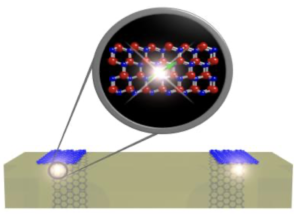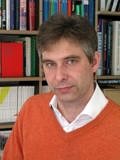B03 – Point defects in silicon carbide: Towards a platform for the coupling of light, spin and mechanics
Summary
Individual point defects in solids are stable quantum systems often providing coherent electron spins and stable emission of single photons. Point defects in silicon carbide combine these advantages with a technologically mature semiconductor material platform. However, the solid-state environment leads to significant spreads in the transition frequencies of individual defects which mostly hinders observing cooperative effects. In this project, we address this challenge theoretically as well as experimentally via modeling point defects and incorporating them into photonic and nanomechanical structures allowing to couple multiple defects combined with methods to individually tune the point defect’s transition frequency.
Project Leaders
Heiko B. Weber
Friedrich-Alexander-Universität Erlangen-Nürnberg
91058 Erlangen
- Phone number: +49 9131 85-28421
- Email: heiko.weber@fau.de
Elke Neu-Ruffing
Technische Universität Kaiserslautern
67663 Kaiserslautern
- Phone number: +496813022739
- Email: nruffing@rhrk.uni-kl.de
Michel Bockstedte
Johannes Kepler University Linz
A-4040 Linz
Austria
- Phone number: +4376324685163
- Email: michel.bockstedte@jku.at
Publications
2021
- , , , , , , :
Removing the orientational degeneracy of the TS defect in 4H-SiC by electric fields and strain
In: New Journal of Physics 23 (2021), Article No.: 073002
ISSN: 1367-2630
DOI: 10.1088/1367-2630/abfb3e
URL: https://iopscience.iop.org/article/10.1088/1367-2630/abfb3e




